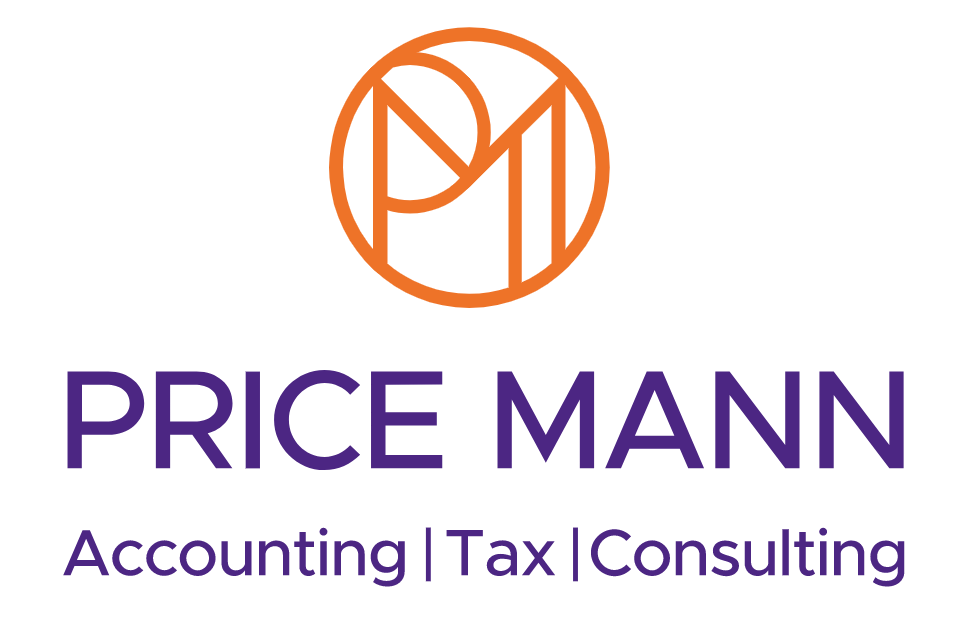National insurance planning For employers, employees and the self-employed.
Our state pension, benefits, health service and more are all funded by National Insurance contributions (NICs).
These are paid in different ways and at different rates by employers, employees and the self-employed, and they can also be paid voluntarily.
Recently, the differences in the way NICs are paid by those groups has created some controversy, and could lead to future changes to the National Insurance (NI) system.
A recent report by the Institute for Fiscal Studies (IFS) argued that the tax system, and especially the different NICs rates, tends to favour self-employment while discouraging employment.
Historically, self-employed people have paid lower NICs because they were eligible for fewer state benefits, but the IFS said this is no longer the case and there is now “no reason” for this disparity to exist.
The financial cost of COVID-19 may provide further impetus for reform, as Chancellor Rishi Sunak hinted when he first announced the self-employed income support scheme back in March 2020.
“I must be honest and point out that in devising this scheme ... it is now much harder to justify the inconsistent contributions between people of different employment statuses,” Sunak said. “If we all want to benefit equally from state support, we must all pay equally in future.”
That said, the Conservative Party’s 2019 manifesto included a pledge not to increase VAT, income tax or NI, so a major hike in NI seems unlikely for now.
How does National Insurance work?
The type of NI you pay will depend on your employment status, and whether you want to make any voluntary contributions.
Class 1 NICs
are paid by employees who earn more than £183 a week in 2020/21. This is due to increase slightly to £184 a week in 2021/22. You stop paying these when you reach your state pension age.
Class 1A or 1B NICs
are paid by employers on expenses or benefits they give to their employees at a rate of 13.8%.
Class 2 NICs
are paid by self-employed people with profits above the small profits’ threshold, which is £6,475 a year in 2020/21, and will rise to £6,515 in 2021/22. They can also be made voluntarily below this level. You stop paying these when you reach state pension age.
Class 3 NICs
are voluntary contributions, which you can pay to fill gaps in your NI record so you have access to certain state benefits.
Finally, class 4 NICs
are paid by self-employed people with profits of £9,501 or more a year. You stop paying these from 6 April after you reach state pension age.
Sole traders
If you are self-employed, you’ll need to pay class 2 and 4 NICs on your business’s profits.
Class 2 NICs are paid at a fixed rate, which currently stands at £3.05 a week. For class 4 NICs you’ll need to pay 9% on profits between £9,501 and £50,000, and 2% on profits over £50,000.
Most people pay this as part of their self-assessment tax bill, due on 31 January after the end of the tax year.
Limited company directors
Directors who are employed by their limited company are liable for class 1 NICs on their salary. Separately, the company will pay employer’s class 1 NICs, which we’ll cover in more detail later. Both are collected through the PAYE scheme.
You do, however, have more options than an employee when it comes to the way in which you take your income.
Unlike a salary, dividends do not attract any NICs. It’s for this reason that many directors choose to pay themselves a small salary and extract the rest of any profits as dividends. A salary that’s more than the lower earnings limit but below the primary threshold will not be liable for NICs, although it will still allow you to qualify for certain state benefits. In 2020/21, this would be between £120 and £183 per week.
Working multiple jobs
Unlike income tax, which gives you a single tax-free personal allowance per tax year, NI has a new limit for every job you have with a different employer.
For example, if you’re employed and earning more than £183 a week in your main job, but you run your own limited company on the side and earn less than £183 a week in your salary from it, you’ll only pay NICs on the first job’s income.
If you have more than one job where class 1 NICs are applicable, you may be able to defer paying class 1 NICs by contacting HMRC directly.
This will give you a reduced rate of 2% on your weekly earnings between £183 and £962 in one of your jobs, instead of the standard rate of 12%.
You should make an application as soon as possible before the start of the tax year on 6 April, but HMRC will accept applications up to 14 February following the end of the tax year. Previously, self-employed workers could defer class 4 NICs, but this option is no longer available. You may be able to claim a refund for previous tax years, however, through the Government website.
If you are both employed and self-employed, you will need to pay both class 1 NICs on your employment income, and class 2 and class 4 NICs on your self-employed income.
There is, however, an HMRC annual maximum for NICs you are required to pay which applies to anyone who has more than one job or who is both employed and self-employed.
Employers
Employers are required to pay class 1 NICs at a rate of 13.8% on their employees’ income, and on certain benefits. You can lower your liability for this by claiming the £4,000 employment allowance where applicable.
If you provide benefits-in-kind to your employees, you may also need to pay class 1A NICs. These are due by 22 July after the end of the tax year, or by 19 July if you’re paying them by post.
You might also need to pay class 1A NICs on payments over £30,000 that you make to employees when their employment ends. These should be handled through PAYE.
Credits & voluntary contributions
NI credits are available for various circumstances including unemployment, illness, maternity or paternity and more, so if there’s a period of time when you’re not paying NICs, it’s well worth checking to see if you need to make a claim.
One such credit that’s often missed by potential claimants is the specified adult childcare credit. This is available to someone who cares for a relative under the age of 12, while the child’s parent is working, where a child benefit claim has been made on that child. It’s also been made available where care has been provided remotely due to coronavirus.
If there are any periods of time where you didn’t pay NICs and couldn't claim any credits – for instance, because your business had low profits, or you were living abroad – you may have some gaps in your NI record.
This might be a problem because you need 35 qualifying years on your record in order to receive the full new state pension. You need at least 10 full qualifying years of NICs to get any entitlement to the state pension.
To fill in those gaps, you can pay class 2 or 3 voluntary contributions depending on your circumstances. In most cases, you can only pay for gaps from the past six years, so it’s a good idea to stay on top of this to avoid missing out, but you should always seek financial advice before doing so.













